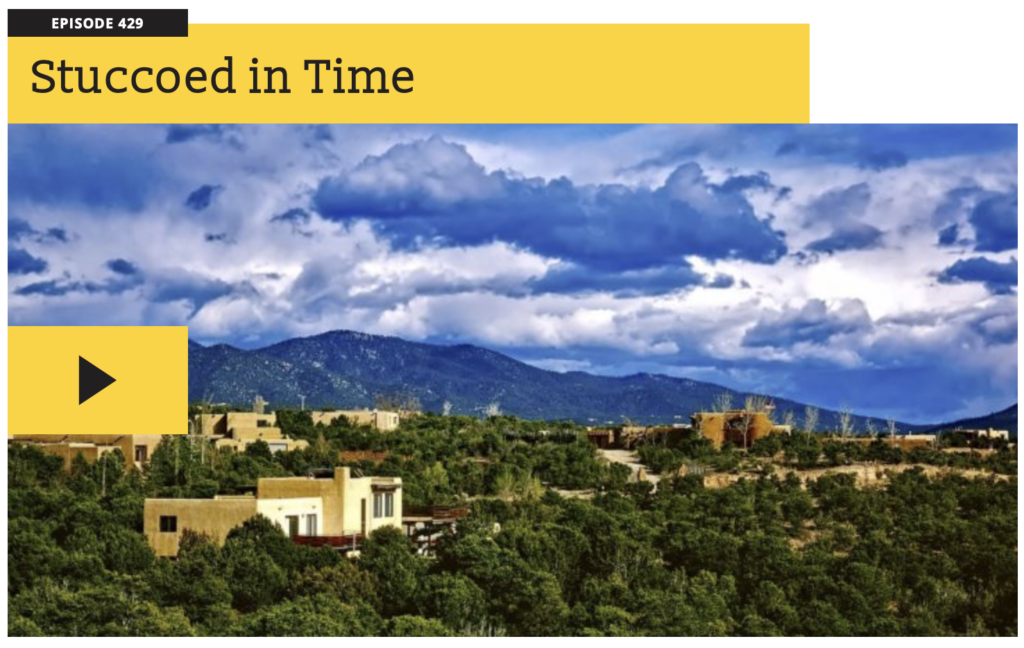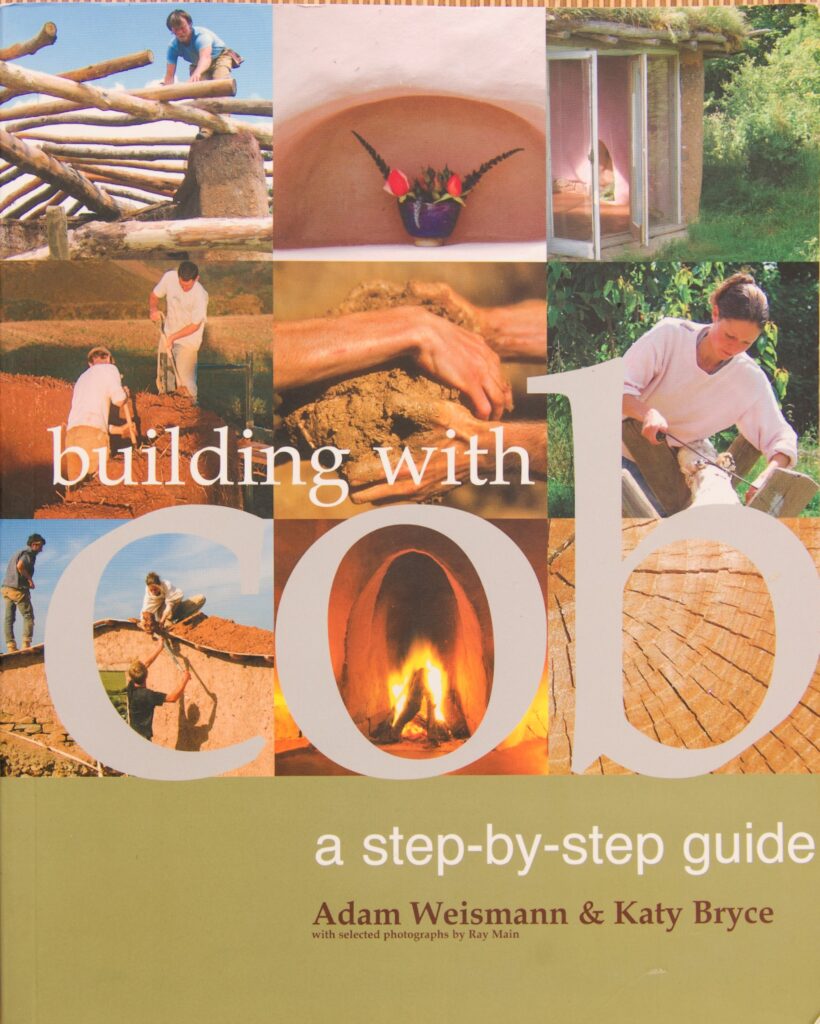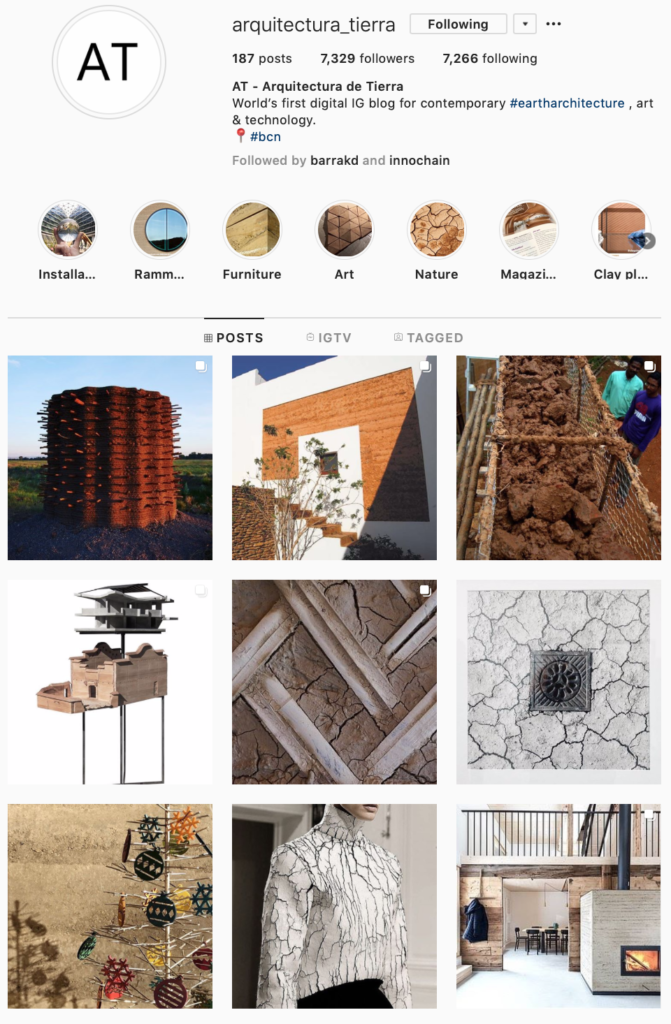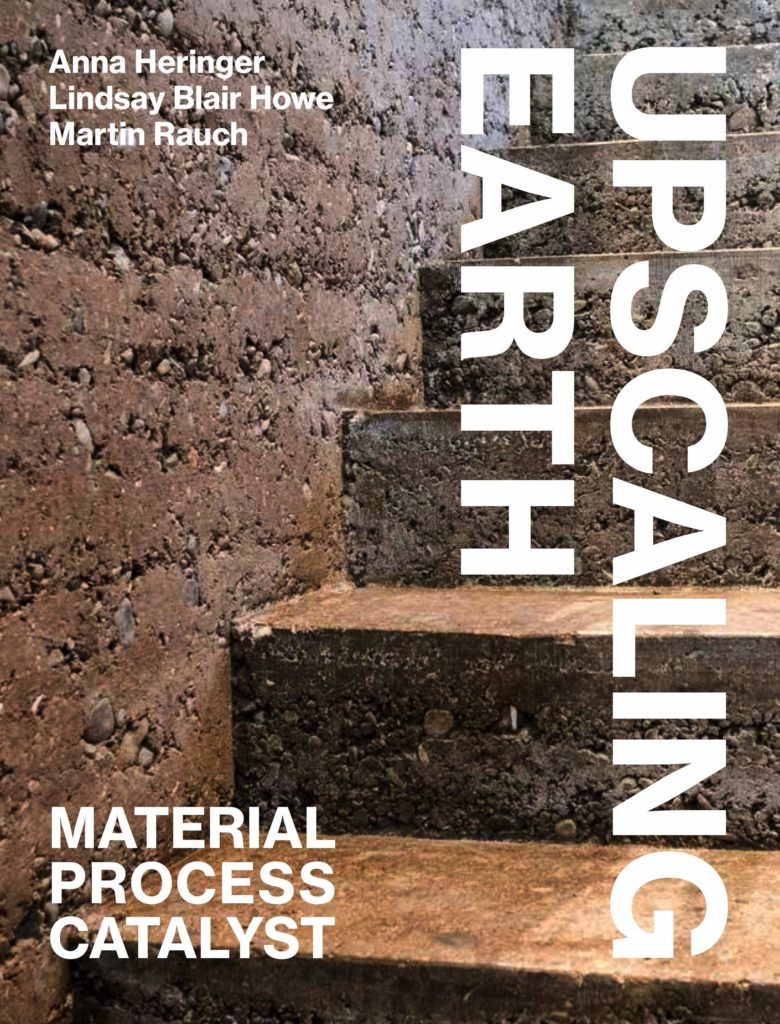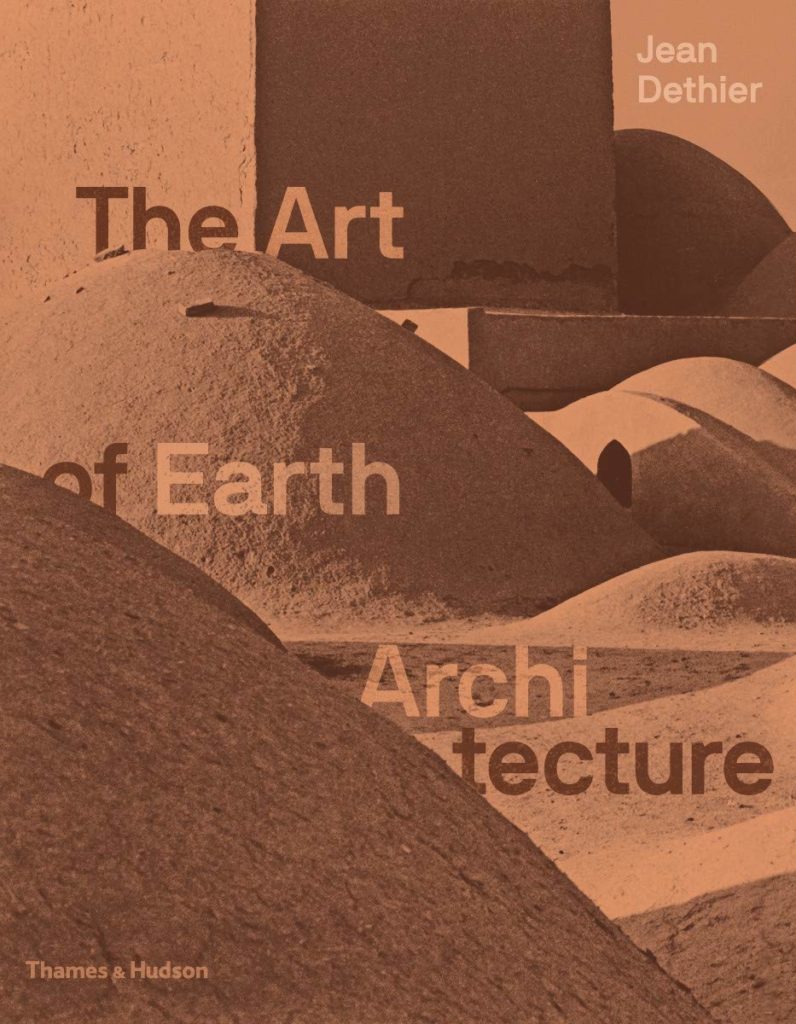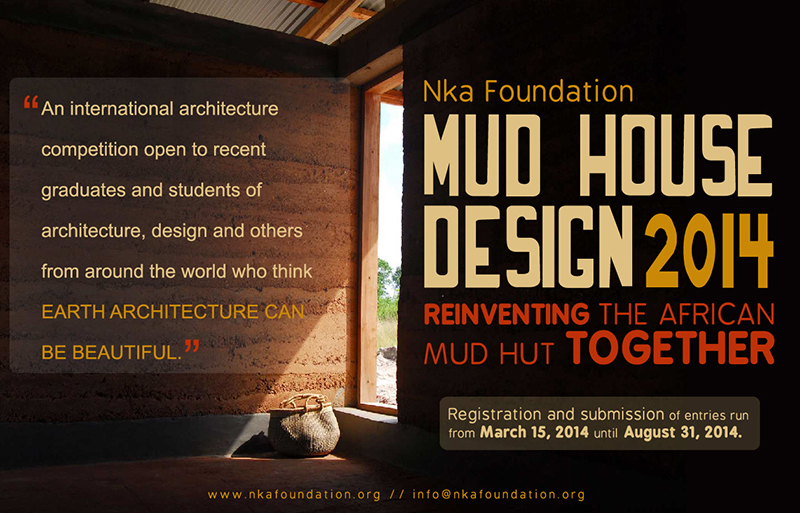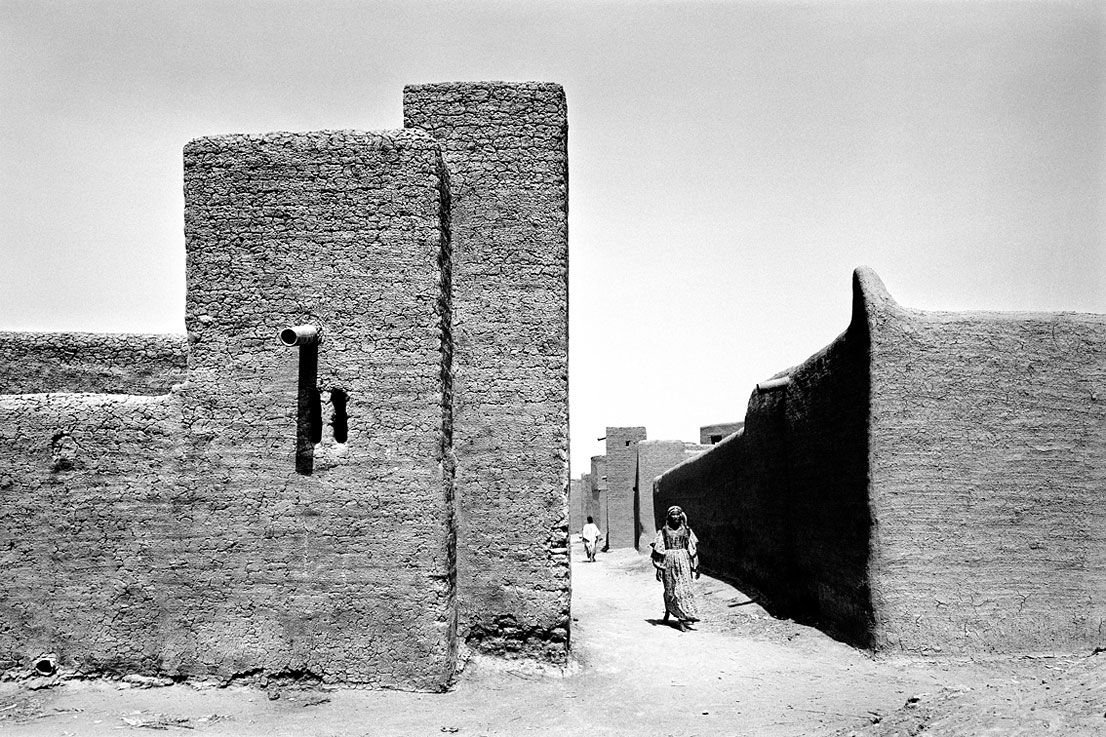
The 1st prize winning design is Sankofa House by the design team: M.A.M.O.T.H from France

The 2nd prize winner is Eban Aya by Atelier Koe in Senegal
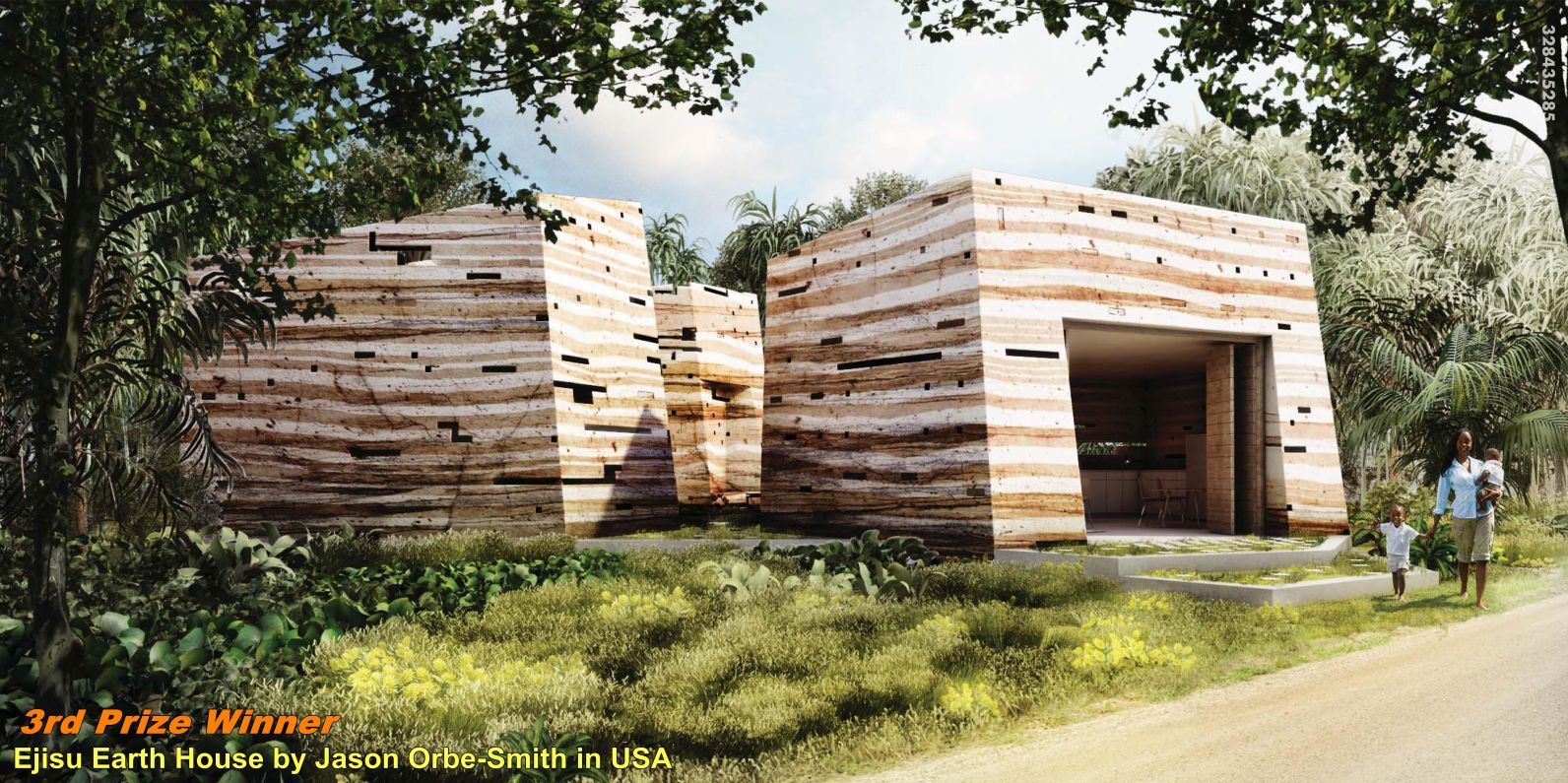
The 3rd prize is awarded to Ejisu Earth House by Jason Orbe-Smith in USA.
The competition was open to recent graduates and students of architecture, design and others from around the world. The challenge was to design a single-family unit on a plot of 60 x 60 feet to be built by maximum use of earth and local labor in the Ashanti Region of Ghana. The client of the design entry is the middle-income family at any township in the region. Total costs of constructing the design entry was capped at $6,000; land value was excluded from this price point. The competition was designed to: (1) to generate mud house design alternatives to be available free to everyone to appreciate, use, or improve them to generate more practical and contemporary design solutions for the region; and (2) to make possible the construction of the best design entries through building workshops to realize prototypes, as examples to the local people that mud architecture can be durable and beautiful.
The jury involved a preselection jury and grand jury by use of judging criteria involving functionality, aesthetics and technical matters. Twenty top finalists were chosen by the Preselection Jury of architects, professors and administrators with relevant expertise, which were forwarded to the Grand Jury of architecture professors and others who are established in earth architecture. From the Top 20 Design Entries, three prize-winning designs were selected. Prizes for first, second and third place consist of a commemorative plaque and a choice of cash reward or construction of winning design in Ghana. Every design team of the Top 20 Design Entries receives a certificate of recognition.
What is next?
BUILDING WORKSHOPS: THE PROTOTYPING CHALLENGE
Nka Foundation is issuing a challenge to builders, architecture professors and architects worldwide who know how architecture is localized, uses the means and the materials available in the site to create a friendly building to the environment. Join us as a workshop director or a participant to realize the winning designs from our 2014 Mud House Design competition in the Ashanti Region of Ghana. Each prototyping workshop will run for about 10 weeks. Participants can join at any time and participate for a minimum of 1 month. Students can use the workshop opportunity to fulfil the academic requirements for their stage/internship, thesis, or volunteer just for learning-by-doing on a vernacular architecture project. Here are all submitted design entries: http://nkaprojects.boards.net/thread/30/submitted-entries-1st-list Please, take a look!
For more information contact info@nkafoundation.org / www.nkafoundation.org.

